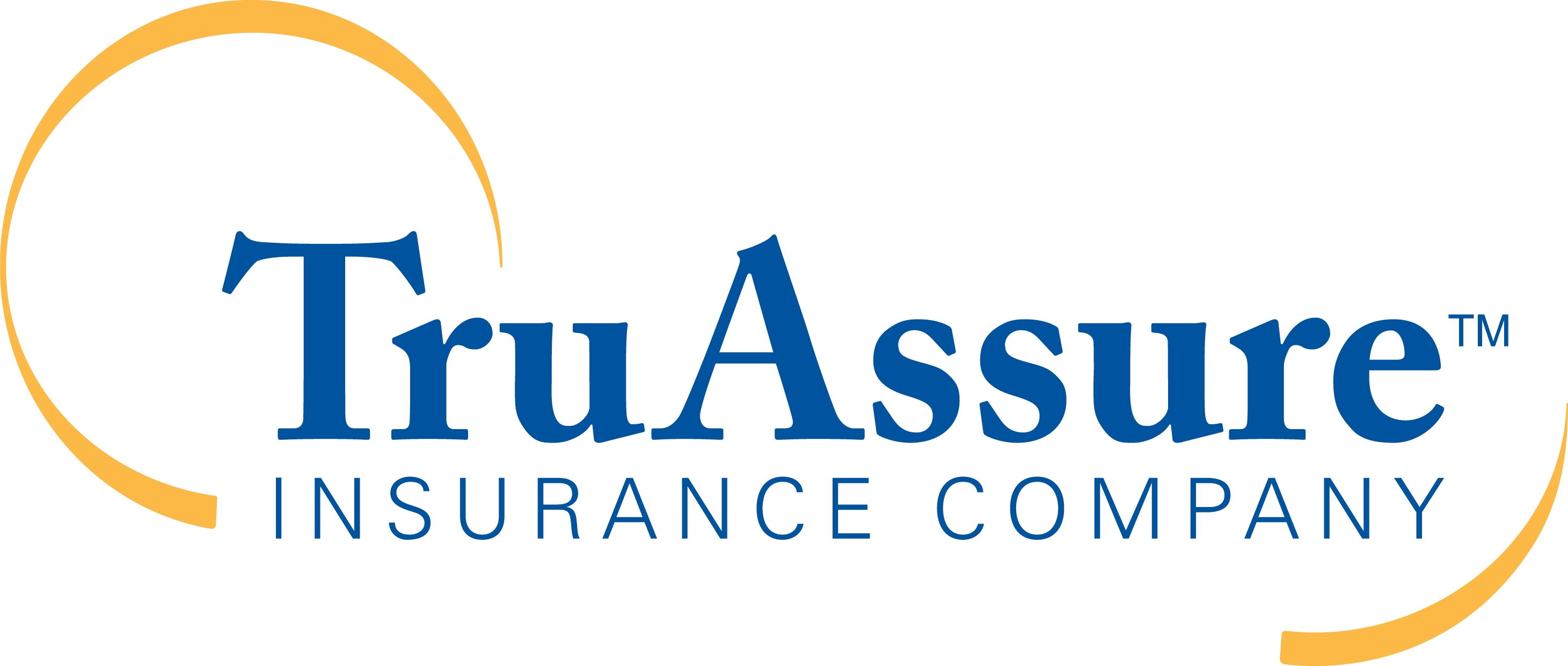Dental Coverage and How It Benefits Employees

Benefits are essential for employee happiness, well-being, and job satisfaction. Dental coverage boosts the value of an overall benefits and wellness package. According to a survey by the National Association of Dental Plans (NADP), more than half of employees who receive dental coverage through their employer rate dental benefits as “very important.”
The key to productivity and morale is employee health and well-being. With dental care impacting both oral and overall health, employers can better retain current employees and attract prospective hires with a complete benefits package that includes dental coverage.
During regular exams, dentists can identify symptoms of more than 120 diseases, including anemia, diabetes, kidney failure, and heart disease. The need for extensive dental treatments and overall coverage costs for employers decreases, as well as employees’ out-of-pocket expenses when health conditions are caught early and treated.
Refresher on Common Dental Benefit Terms
Make sure you’re getting the most out of your dental benefits. Here are a handful of common terms you might encounter while reading about dental benefits.
- Annual maximum: The maximum amount a plan will pay for dental procedures during an annual period. Once the annual maximum is reached, the member will be responsible for paying any additional dental fees.
- Balance Billing: The practice of billing a patient for the difference between what the dentist normally charges and the agreed-upon charge established by the dental carrier. In-network dentists cannot balance bill patients.
- Deductible: The amount a member is responsible for paying each year before coverage begins – deductibles differ depending on the plan.
- In-network: Visiting an in-network dentist is one of the primary ways to save when it comes to dental care. In-network dentists have been credentialed by the benefits carrier and have agreed to reduced fees that save patients 20-40%, on average.
- Out-of-network: A dentist who doesn’t participate in a plan’s network. A plan might not cover visits to out-of-network dentists, and these dentists may charge higher rates than in-network dentists because they haven’t agreed to set fee limits.
- Copayment/co-pay: A set dollar amount you are required to pay your dentist for a service. An enrollee usually has a copayment or coinsurance, but not both.
- Preventive services: Dental procedures like regular checkups and cleanings that help prevent more serious oral health issues such as cavities and gum disease.
- Premium: The amount paid each month to maintain a dental benefits plan.
Looking for a dental plan? Take a look at TruAssure’s plans today.


Add comment